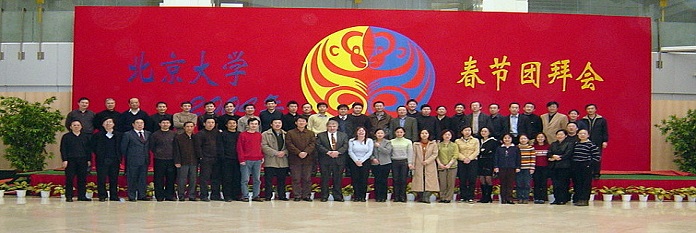Building: High Performance Organizations
In over 20 years of real-world experience, OLC has helped organizations develop specific "Organizational Capabilities" that enable the achievement of high performance, foster innovation and engagement, and help knowledge workers use their full potential.










OLC's "Bigger Pie" Initiative
Let's stop arguing about who gets the biggest piece of the pie, let's work together to make a bigger pie. Lack of knowledge... that is the problem -W. Edwards Deming
"How do you make a bigger pie?" The purpose of "The Bigger Pie Initiative" is to share OLC's answers to this this question with individuals and groups who seek ways to build a better world for all.
A new management paradigm-The Partnership Organization
One of Stephen Covey’s seven habits is “begin with the end in mind.”
Organizational leaders who seek to build a high-performance organization need to have both a clear understanding of the end in mind, i.e., the characteristics of the organization they wish to establish and a clear understanding of why those characteristics will enable the organization to prosper in today’s rapidly changing and increasingly competitive marketplace.
For decades, management theorists have been describing the characteristics of an organization that that can thrive in the 21st century. Relevant quotes from some of these theorists can be viewed in the panel on this webpage.
The management style prevalent in the 20th century was referred to by Peter Drucker as “command-and-control management”. The consensus of today’s cutting edge management theorists is that the partnership style of management is the most effective approach for fully utilizing the capabilities of knowledge workers in 21st century organizations. The shift from a command-and-control management style to a partnership management style is a change of paradigm.
In his book “The Structure of Scientific Revolutions”, Thomas Kuhn asserted that scientists are often unable to grasp a new theory because it is inconsistent with what they already know to be true. This same characteristic influences management’s ability to grasp a new paradigm of management that breaks the old rules.
The following are examples of how this change in paradigm has been characterized:
The Old and the New – Franklin Covey
OLD and NEW – US Labor and Commerce Dept.
Command and Control versus Knowledge-Based - OLC